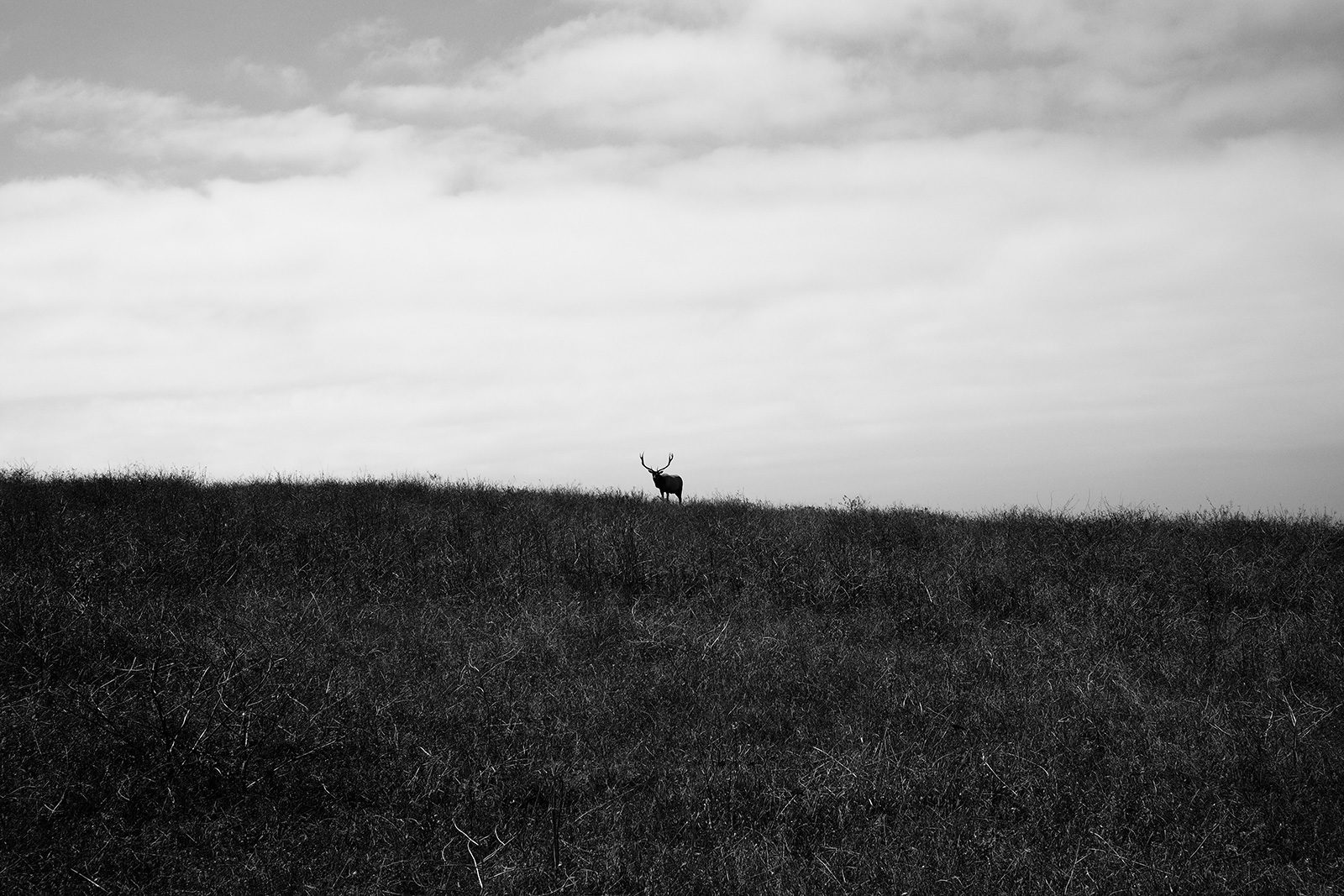Birds will again be studied—and celebrated—at the International Migratory Bird Day festival at the Don Edwards San Francisco Bay National Wildlife Refuge on Saturday, May 8, in Alviso (10 a.m. to 4 p.m.). The free event will include naturalist-led bird … Read more



-150x150.jpg)
-150x150.jpg)
-150x119.jpg)
-150x148.jpg)
-150x150.jpg)
-150x150.jpg)
-150x150.jpg)
-150x150.jpg)